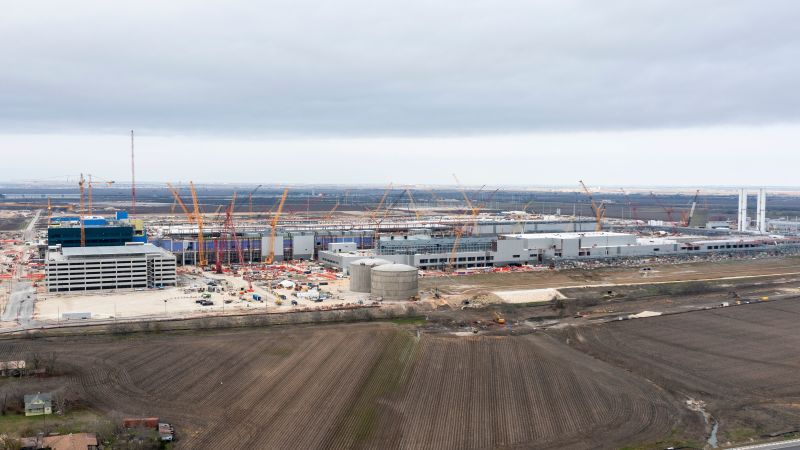SINGAPORE — Singapore lowered its full-year growth for 2023, as official data on Thursday showed the economy grew 1.1% last year compared to an earlier estimate of 1.2%.
Growth in 2023 was largely driven by “other services industries” which grew by 3.9% year-on-year. Information and communications, as well as transportation and storage sectors also drove growth, the Ministry of Trade and Industry said.
“All sectors except for the manufacturing sector recorded full-year expansions,” the ministry reported.
Singapore’s economy grew 2.2% year-on-year in the fourth quarter last year, falling short of the government’s advance estimates of a 2.8% growth as manufacturing activity shrank, official data on Thursday showed.
The reading, however, marked a sharp increase from the 1% growth in the previous quarter.
On a quarter-on-quarter seasonally-adjusted basis, Singapore’s economy expanded 1.2% in the fourth quarter, slightly better than the 1% growth in the third quarter, according to the Ministry of Trade and Industry.
Singapore’s GDP growth in 2023 was slower than the 3.8% expansion in 2022.
Last year, the manufacturing sector — a key driver of the economy — contracted by 4.3%, reversing from the 2.7% growth in 2022. The construction sector grew by 5.2%, an improvement from the 4.6% expansion in 2022.
Growth in the information and communications sector came in at 4.7% year-on- year, slower than the 6% growth in the preceding quarter, while the finance and insurance sector grew 5.4% year-on-year, faster than the 2.5% growth in the previous quarter.
Outlook and risks for 2024
The GDP growth forecast for 2024 was maintained at 1% to 3%, the ministry said.
“Singapore’s manufacturing and trade-related sectors are expected to see a gradual pickup in growth in tandem with the turnaround in global electronics demand,” said the release. A continued recovery in air travel and tourism demand will also lend support to Singapore’s tourism and aviation-related sectors.
Singapore’s external demand outlook for 2024 remains mostly unchanged, MTI said in the release.
“Growth in the advanced economies is expected to moderate in the first half of the year, mainly due to continued tight financial conditions,” the ministry said, adding that gradual recovery is expected in the second half “in line with an expected easing of monetary policy as inflationary pressures recede.”
That said, global economic headwinds remain, the ministry said, citing the ongoing conflict in Gaza and Ukraine, as well as the “lagged effects of monetary tightening,” as some of the reasons.
China’s GDP growth will likely remain lackluster in the first half of the year on the back of sluggish domestic consumption and export growth alongside an embattled property market, MTI’s statement continued. Economic growth in the U.S. is also projected to continue easing in the coming quarters before picking up in the latter part of the year.
“With Q4 23 turning out to be much less exuberant than the advance estimate had implied, we modestly reduce our 2024 GDP growth forecast to 2.7% from 3.0,” Barclays said in a note.
The Singapore dollar was trading at 1.347 against the U.S. dollar after the data release.
Read the full article here







